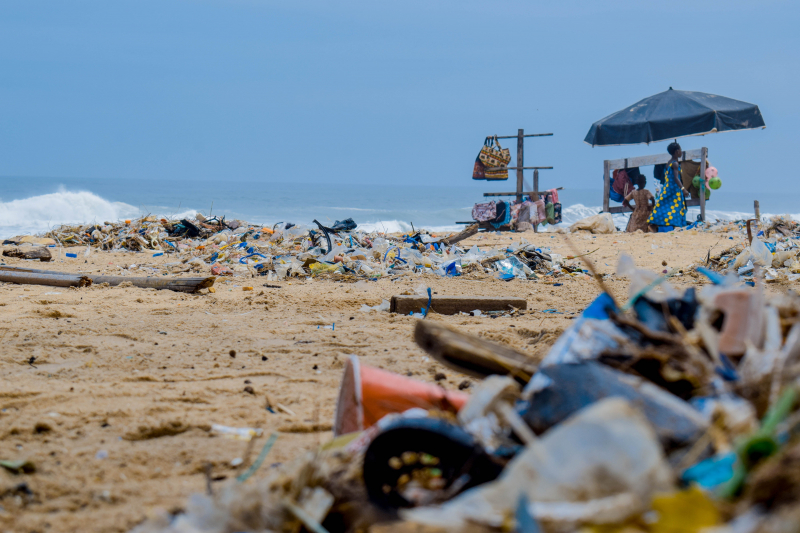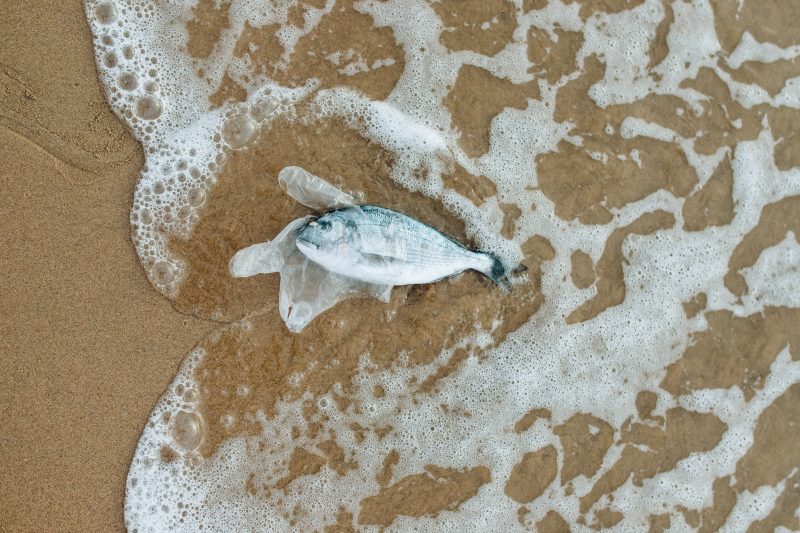Plasic Bag
Essay topic: What are the causes and consequences of plastics on marine life'
Answer:
Plastic pollution has emerged as a grave environmental concern, particularly in marine ecosystems, where its consequences are both far-reaching and devastating. This essay delves into the causes of plastic pollution and its profound effects on marine life, shedding light on the intricate relationship between human activities and the well-being of our oceans.
One of the primary causes of plastics in marine environments is irresponsible waste disposal. Inadequate waste management systems and improper disposal practices allow plastics to find their way into rivers and oceans. Additionally, the extensive use of single-use plastics, such as bottles, bags, and packaging, exacerbates the problem. The convenience of these products comes at a significant cost to marine ecosystems as they persist in the environment for hundreds of years, slowly breaking down into smaller, more harmful particles.
Another significant cause of plastics impacting marine life is the fragmentation of larger plastic items into microplastics. Over time, due to the sun's ultraviolet rays, wind, and wave action, larger plastic debris in the oceans breaks down into tiny particles, often invisible to the naked eye. These microplastics then permeate marine ecosystems, posing a pervasive threat. These minute particles are not only challenging to clean up but are also readily ingested by a wide range of marine organisms, from plankton to filter-feeding whales.
The consequences of plastics on marine life are multifaceted. The most visible impact is the entanglement of marine animals in plastic debris. Sea turtles, dolphins, and seabirds often become ensnared in discarded fishing nets and plastic waste, leading to injury or death. Furthermore, marine organisms mistake plastic particles for food, as they can resemble prey. Ingestion of plastics by marine species disrupts their digestive systems, leading to malnutrition, internal injuries, and, in some cases, death.
Plastic pollution also introduces toxic chemicals into marine ecosystems. The breakdown of plastics over time releases harmful substances into the water, posing a threat to marine life at various levels of the food chain. As smaller organisms ingest these toxins, they accumulate in the tissues of larger predators, including fish that are later consumed by humans. This creates a potential health risk for both marine life and humans dependent on seafood.
In conclusion, the causes of plastic pollution in marine environments are deeply rooted in human behaviors, particularly irresponsible waste disposal and the prevalent use of single-use plastics. The consequences are severe and include physical harm to marine animals, ingestion of toxins, and the contamination of the food chain. Recognizing the gravity of this issue is imperative for implementing effective waste management strategies and reducing the reliance on plastics to safeguard the health of our oceans and the myriad species that inhabit them.












